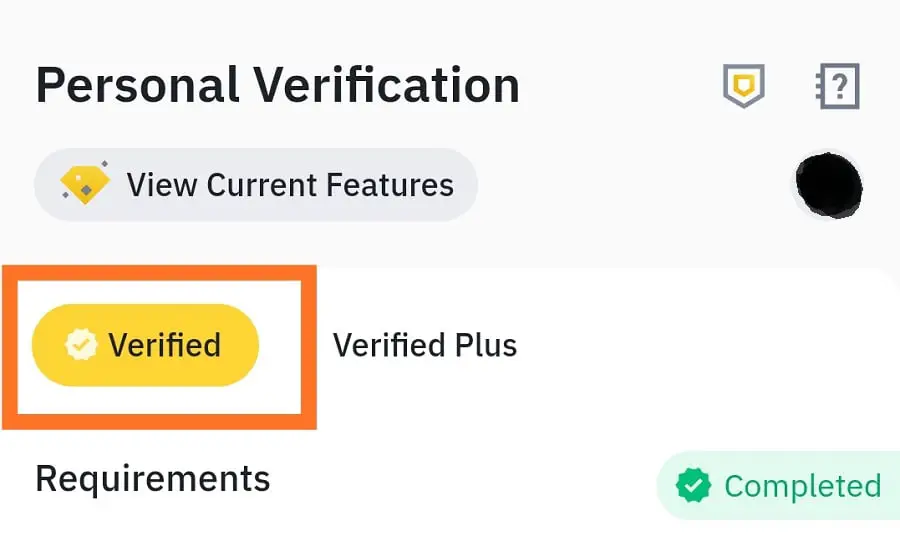As digital shopping becomes more immersive, brands are looking for new ways to deliver precision and personalization at once. Augmented Reality (AR) has already revolutionized the online shopping experience by allowing customers to visualize products in their real environments. But when paired with the analytical power of a custom calculator app
, AR eCommerce turns into a data-driven ecosystem that not only engages users visually but also empowers their purchasing decisions with real-time calculations.
Let’s explore how integrating calculator logic into AR eCommerce apps creates tangible business value.
1. Smarter and More Confident Buying Decisions
Imagine an AR furniture app where a customer can visualize a sofa in their living room and instantly calculate its total cost including delivery, discounts, and taxes.
By embedding a custom calculator, businesses enable transparent pricing and quick comparisons, helping customers make faster and more confident decisions a key factor in reducing hesitation and abandoned carts.
Result: Increased trust and higher conversion rates.
2. Personalized Pricing and Product Configurations
A custom calculator feature allows users to modify product options (size, color, material) and get instant price updates.
This dynamic approach turns AR previews into interactive product builders making customers feel in control of their choices. Whether it’s real estate, fashion, or automotive eCommerce, personalization powered by instant calculation adds a competitive advantage.
Result: Greater engagement and upselling opportunities.
3. Reduced Return Rates and Enhanced Customer Satisfaction
AR visualization minimizes guesswork, but cost-based uncertainty can still lead to returns.
When buyers can clearly understand pricing logic through in-app calculators, their expectations align more closely with the final purchase.
This synergy between visual accuracy (AR) and financial transparency (calculator) creates satisfied customers who are less likely to return products.
Result: Lower return percentages and better post-purchase satisfaction.
4. Streamlined Sales Processes and Fewer Manual Queries
A well-designed calculator automates many repetitive tasks for both customers and sales teams.
Instead of reaching out for quotes, buyers can compute costs for bulk orders, shipping, or customizations directly in the app.
For B2B sellers and marketplaces, this integration shortens the sales cycle and frees up time for strategic conversations instead of manual cost clarifications.
Result: Time savings and improved operational efficiency.
5. Stronger Brand Differentiation Through Innovation
While most eCommerce brands are experimenting with AR, few combine it with real-time financial intelligence.
Integrating calculators showcases your brand as innovative and user-centric.
Customers remember convenience — and being able to see, compare, and calculate in one interface sets your brand apart in a crowded digital marketplace.
Result: Enhanced brand credibility and recognition.
6. Higher Average Order Value (AOV)
A calculator can automatically display bundle discounts, EMI options, or “add-on” pricing.
When users visualize value in real time, they’re more likely to upgrade or buy additional products.
For example, an AR home decor app can show how buying an entire set instead of a single chair reduces per-unit cost — an instant upsell trigger.
Result: Boosted AOV and sales revenue.
7. Data Insights for Smarter Marketing and Pricing Strategies
Every interaction with a calculator — price adjustments, product comparisons, or discount trials — generates valuable behavioral data.
This data can help refine pricing strategies, reveal popular configurations, and guide inventory management decisions.
When integrated into an analytics dashboard, it becomes a continuous loop of feedback and optimization.
Result: Actionable data for predictive marketing and business planning.
8. Better User Retention and Repeat Engagement
A practical, interactive app feature keeps users returning for more.
Custom calculators give them a reason to re-engage — to recheck offers, explore combinations, or calculate new orders.
Pair this with push notifications for special deals, and you create a sticky ecosystem where engagement drives loyalty.
Result: Improved app retention and customer lifetime value (CLV).
9. Future-Ready for SaaS and Omnichannel Expansion
As more retailers move toward scalable SaaS-based infrastructure, AR + calculator logic can easily extend to other digital touchpoints — web portals, mobile apps, or kiosks.
Businesses that start integrating these features now will find it easier to deploy omnichannel, analytics-ready systems later.
Result: Long-term scalability and platform flexibility.
Conclusion
Incorporating a custom calculator app within an AR eCommerce app bridges logic and emotion — giving users the visual assurance of what they’re buying and the financial clarity of what it costs.
This hybrid approach doesn’t just enhance UX; it builds trust, reduces friction, and drives measurable ROI.
If you’re planning to build such an advanced app experience, start by understanding your existing app structure, backend capabilities, and pricing logic flow. Once aligned, tools like Flutter or React Native can make integration seamless and cost-efficient.
And while you’re optimizing your tech ecosystem, don’t forget another key part of business continuity — keeping your digital assets safe. Here’s a useful resource on how to back up GoDaddy emails to ensure your communication and business data stay protected.



